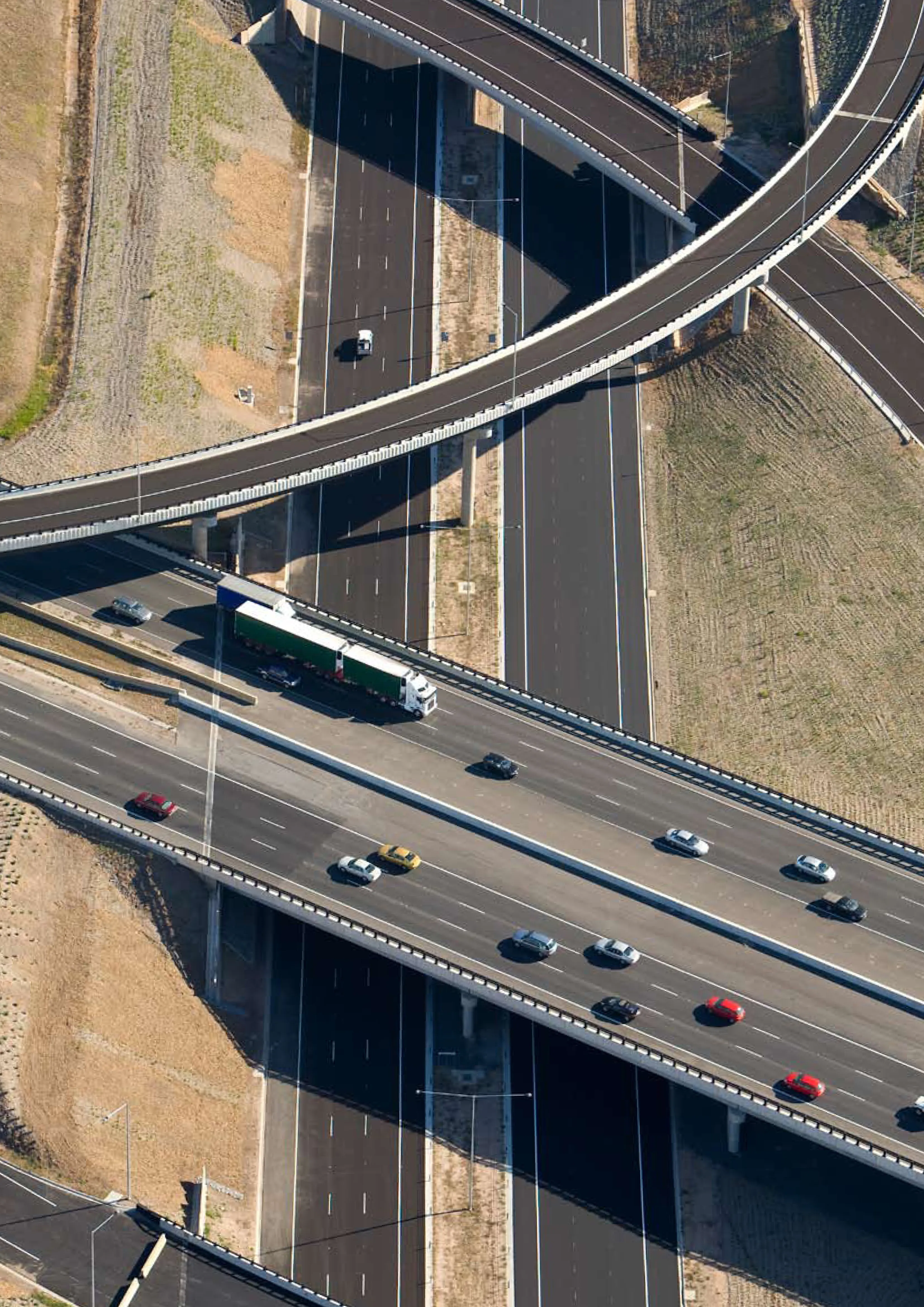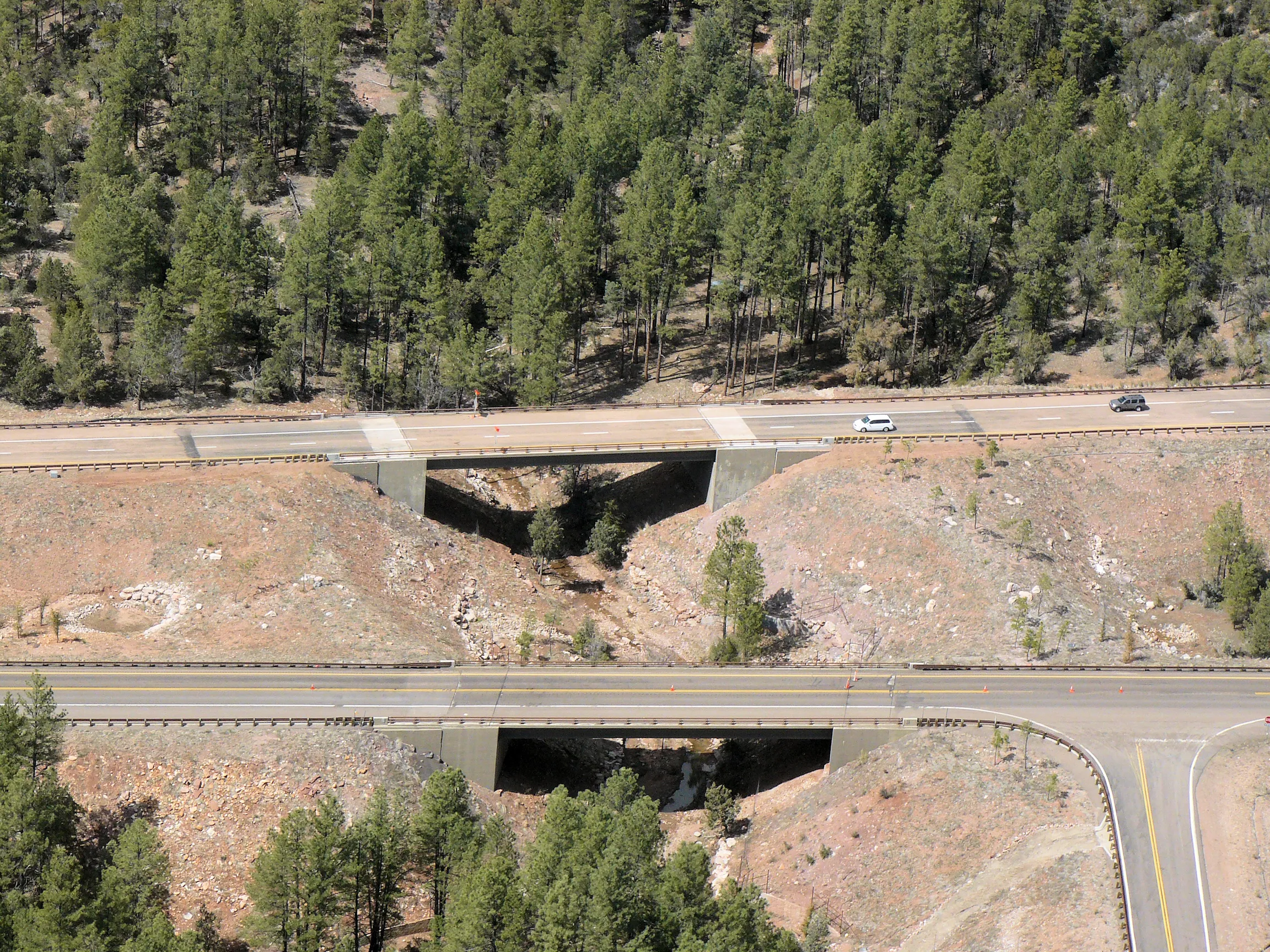Major developments and next steps in UK local planning and major infrastructure policy will be discussed at the Westminster Energy, Environment & Transport Forum taking place later this month.
With the National Planning Policy Framework (NPPF) now in full operation, the Forum will see delegates assess early indications of its impact on the planning system in England.
Other key topics include how to preserve local democracy while coordinating large projects, progress on sustainability, and how to successfu
October 31, 2013
Read time: 2 mins
Major developments and next steps in UK local planning and major infrastructure policy will be discussed at the Westminster Energy, Environment & Transport Forum taking place later this month.
With the National Planning Policy Framework (NPPF) now in full operation, the Forum will see delegates assess early indications of its impact on the planning system in England.
Other key topics include how to preserve local democracy while coordinating large projects, progress on sustainability, and how to successfully deliver infrastructure investment with support from new and emerging financial mechanisms, key indicators and project management approaches.
Keynote speakers at the event at the Caledonian Club in Central London on Tuesday 19 November 2013 will be Stephen Dance, head of infrastructure delivery, HM Treasury; Steve Quartermain, chief planner, Department for Communities and Local Government; Trudi Elliott, chief executive, RTPI; and Mike Kiely, president, Planning Officers Society and director of planning & building control, London Borough of Croydon.
Further confirmed speakers include Stuart Andrews, partner and head of planning, Eversheds; James Bainbridge, head of planning and development division, Carter Jonas; Paul Davies, partner at PwC; and Fiona Howie, head of planning, Campaign to Protect Rural England.
The Forum’s chairs will be Dr Roberta Blackman-Woods MP, shadow communities and local government minister and John Stevenson MP, member, communities and local government select committee.
With the National Planning Policy Framework (NPPF) now in full operation, the Forum will see delegates assess early indications of its impact on the planning system in England.
Other key topics include how to preserve local democracy while coordinating large projects, progress on sustainability, and how to successfully deliver infrastructure investment with support from new and emerging financial mechanisms, key indicators and project management approaches.
Keynote speakers at the event at the Caledonian Club in Central London on Tuesday 19 November 2013 will be Stephen Dance, head of infrastructure delivery, HM Treasury; Steve Quartermain, chief planner, Department for Communities and Local Government; Trudi Elliott, chief executive, RTPI; and Mike Kiely, president, Planning Officers Society and director of planning & building control, London Borough of Croydon.
Further confirmed speakers include Stuart Andrews, partner and head of planning, Eversheds; James Bainbridge, head of planning and development division, Carter Jonas; Paul Davies, partner at PwC; and Fiona Howie, head of planning, Campaign to Protect Rural England.
The Forum’s chairs will be Dr Roberta Blackman-Woods MP, shadow communities and local government minister and John Stevenson MP, member, communities and local government select committee.








